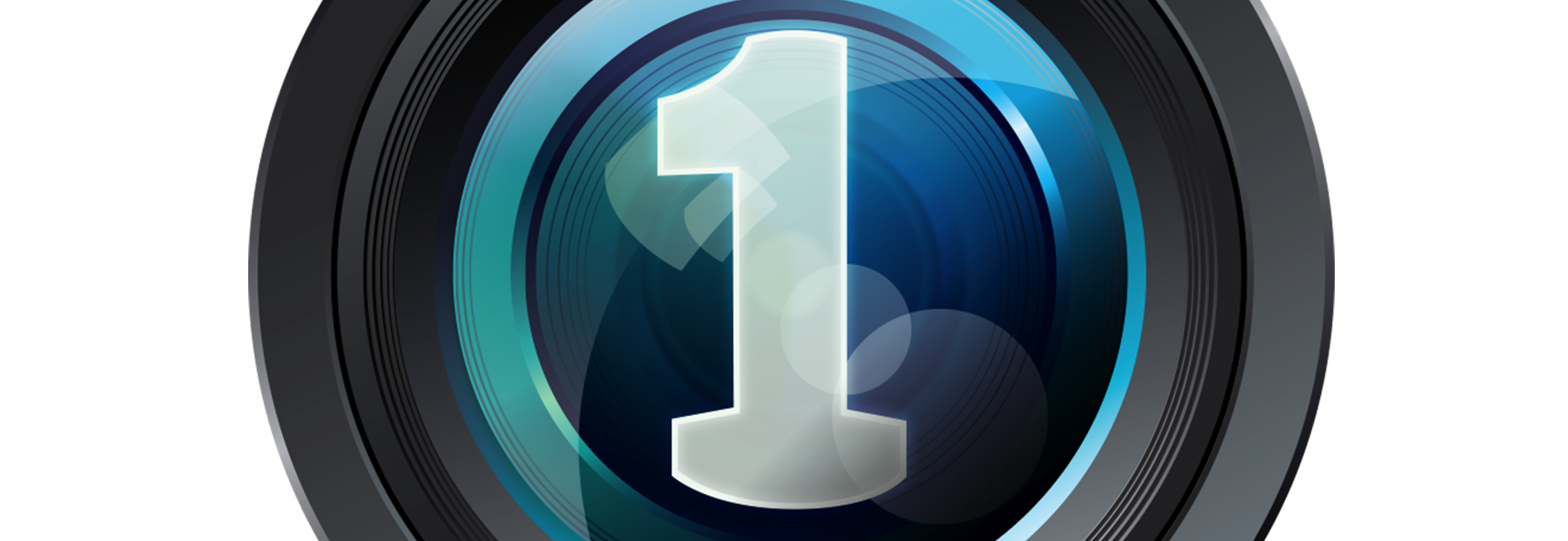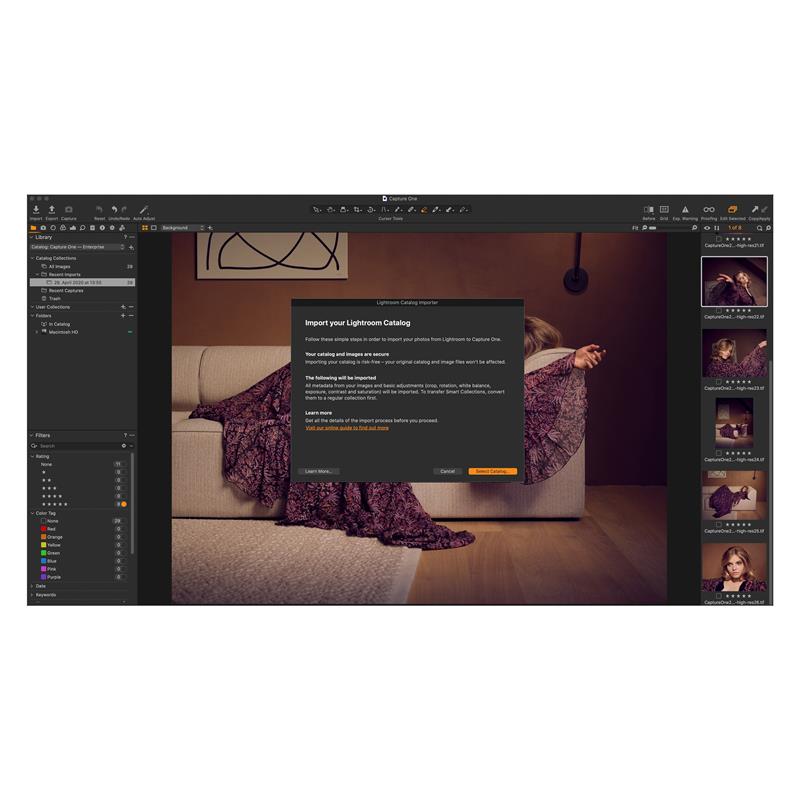

The background also appears darker and less saturated in comparison. It also leans more towards earthy and green tones. Lightroom on the other hand has a slightly faded look to it. The Capture One image has a brighter background and leans a little more into the red and magenta tones. Interestingly, despite the fact that each had the same treatment, the results are noticeably different. Several layers of exposure, color, and texture were applied to the files and exported. Then they were taken into Photoshop where each image received the exact same treatment.
#CAPTURE ONE FOR SONY SOFTWARE#
It takes very little effort to switch off the sharpening features in Capture One, therefore, it's not really an issue The only reason I'm discussing this is simply to highlight the differences between the two software.įinally, we have a comparison below that demonstrates images from both software once they have been color graded.īoth images in the above comparison were processed with the default settings in their respective software. Having said that, this isn't by any means a major problem in Capture One. I can quite comfortably leave the sharpening settings on in Lightroom, and apply further sharpening in Photoshop without it becoming excessive of details looking harsh. The sharpening in Lightroom has a positive effect on the image because it enhances the detail without damaging the integrity of the file. I've never had a situation where the default sharpening settings have come in the way of my workflow. With Lightroom, however, the sharpening is relatively benign. Any sharpening that I do apply tends to be applied in Photoshop through more dedicated software such as Sharpen AI from Topaz Labs This is one of the reasons I prefer to completely switch off the sharpening in Capture One.

#CAPTURE ONE FOR SONY SKIN#
This is especially the case when it comes to skin texture and tones.Īs you start to edit the image with a little more meaning in applications such as Photoshop, the extra sharpening applied in Capture One may end up being a hindrance. However, images can end up looking harsh. It appears to have more detail due to how it's processing the files. In practice, the sharpening in Capture One can result in a few unwanted issues.Īs you can see in the comparison above, the Capture One image looks sharper. On the surface this makes images from the software look crisp and offers an illusion of more detail. The only downside to Capture One is that it tends to be highly aggressive when applying sharpening. The results from Capture One may not be as consistent, however, for many creatives, this is actually a feature.

Capture One in general uses its own theory for color and this is by no means a bad thing because plenty of photographers prefer the way Capture One processes raw files. On the other hand, in Capture One the colors and the overall look won't match the manufacturer's profile the way that Lightroom does. Essentially, what you see on the back of your screen will be close to what you see on your computer screen when you sit down to edit. This consistency may end up offering a lot of value to your workflow. The fact that the Lightroom default image has less contrast and saturation may prove useful if you're planning on editing and color grading your image. The difference is that the out-of-camera image from Sony has more contrast and saturation.


 0 kommentar(er)
0 kommentar(er)
